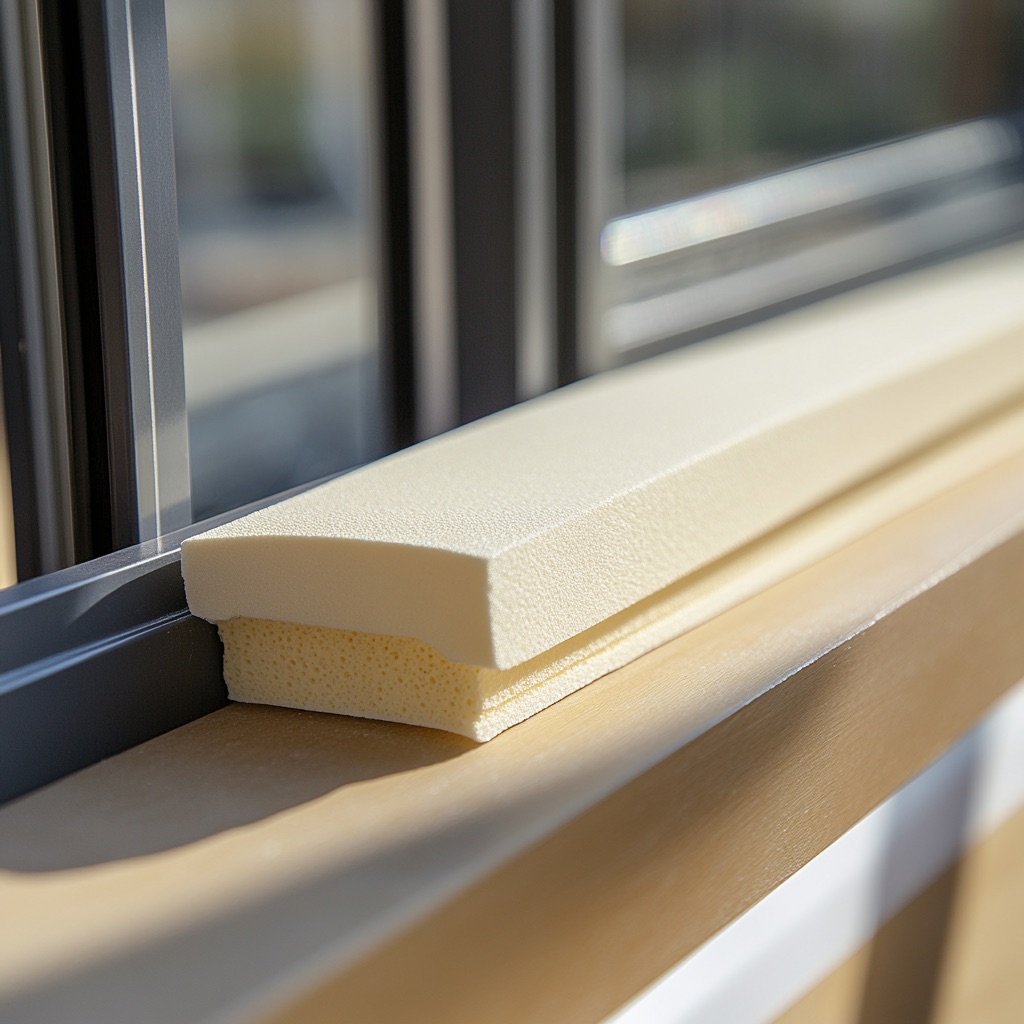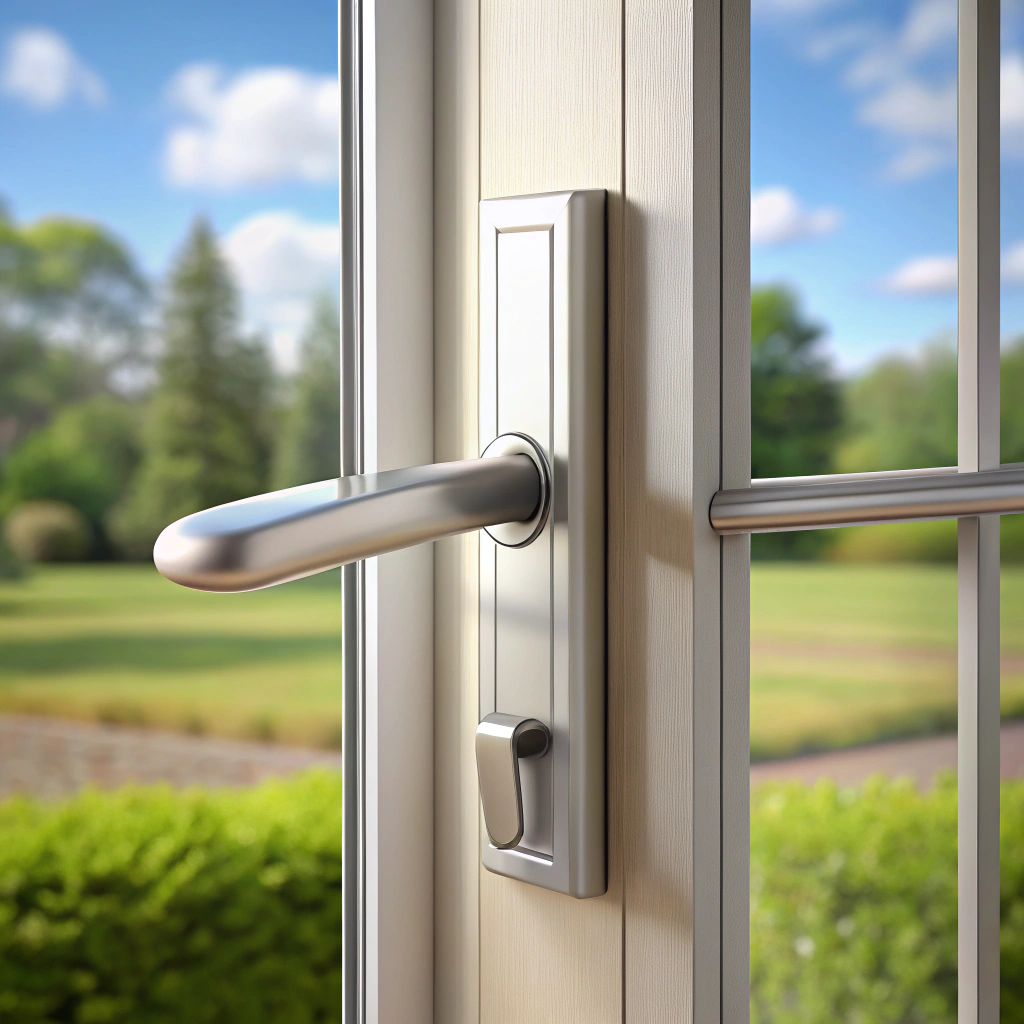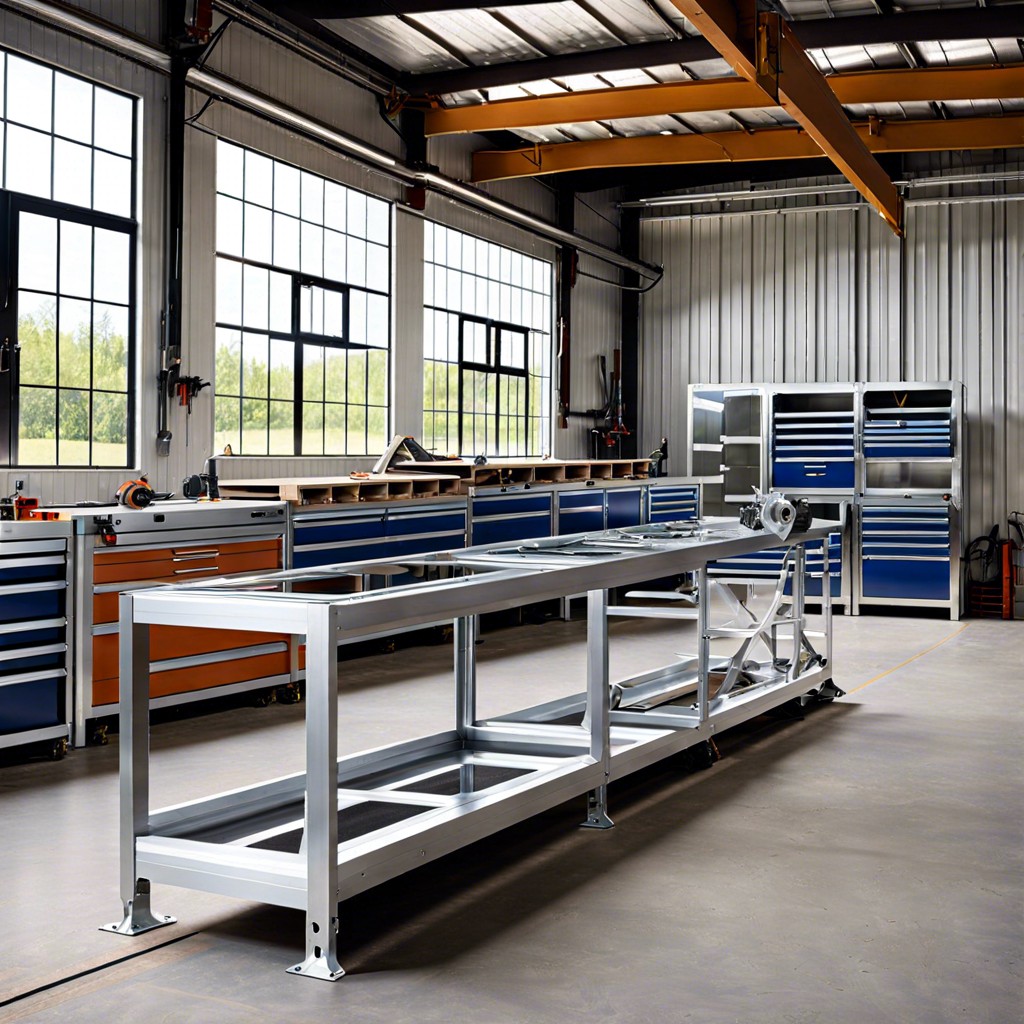Discover the key factors that influence aluminum sliding window prices so you can budget like a pro.
Thinking of brightening up your home with some slick aluminum sliding windows but worried about the price making your wallet cry? We’ve got you covered! From the nitty-gritty of price factors and comparisons with other materials to the magic of energy efficiency and installation costs, we’re diving deep into all you need to know. Discover how to dodge common purchasing pitfalls, find the best deals while sipping your coffee, and even bask in the glow of long-term savings. Time to turn your window shopping into a home upgrade without the headache!
Key takeaways:
- Material quality significantly impacts pricing.
- Glass type elevates costs and energy efficiency.
- Installation costs can add up quickly.
- Look for seasonal sales and negotiate prices.
- Ensure warranties cover key aspects and longevity.
Factors Affecting Aluminum Sliding Window Price
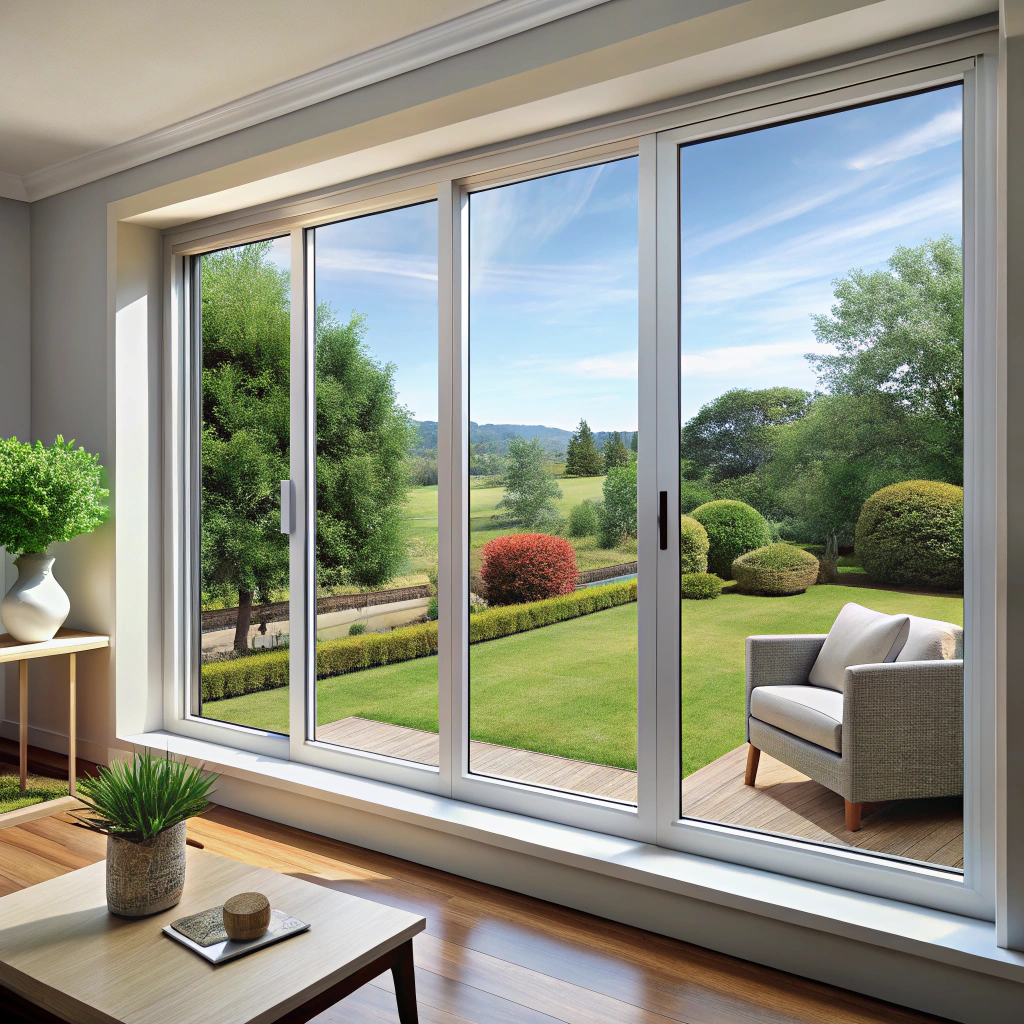
Material quality plays a starring role. High-grade aluminum is tough, durable, and weather-resistant—which means it costs more than lesser grades. You get what you pay for, but don’t worry, you’re not buying a rocket ship.
The glass type adds sparkle to prices too. Double-glazing may leave you seeing double in cost but saves on energy bills. Laminated or tempered glass might sound fancy, but they come with fancy price tags to match.
Size matters. A window with room for an elephant to pass through can empty your wallet faster than a window for a hamster.
Don’t forget about the finish. Powder coating and anodizing add style and durability, but they also add a bit of a dent to your budget.
Lastly, brand reputation can make or break the bank. Reputable brands charge premium prices, but you can sleep soundly knowing their warranty won’t evaporate upon unboxing.
Price Range Overview
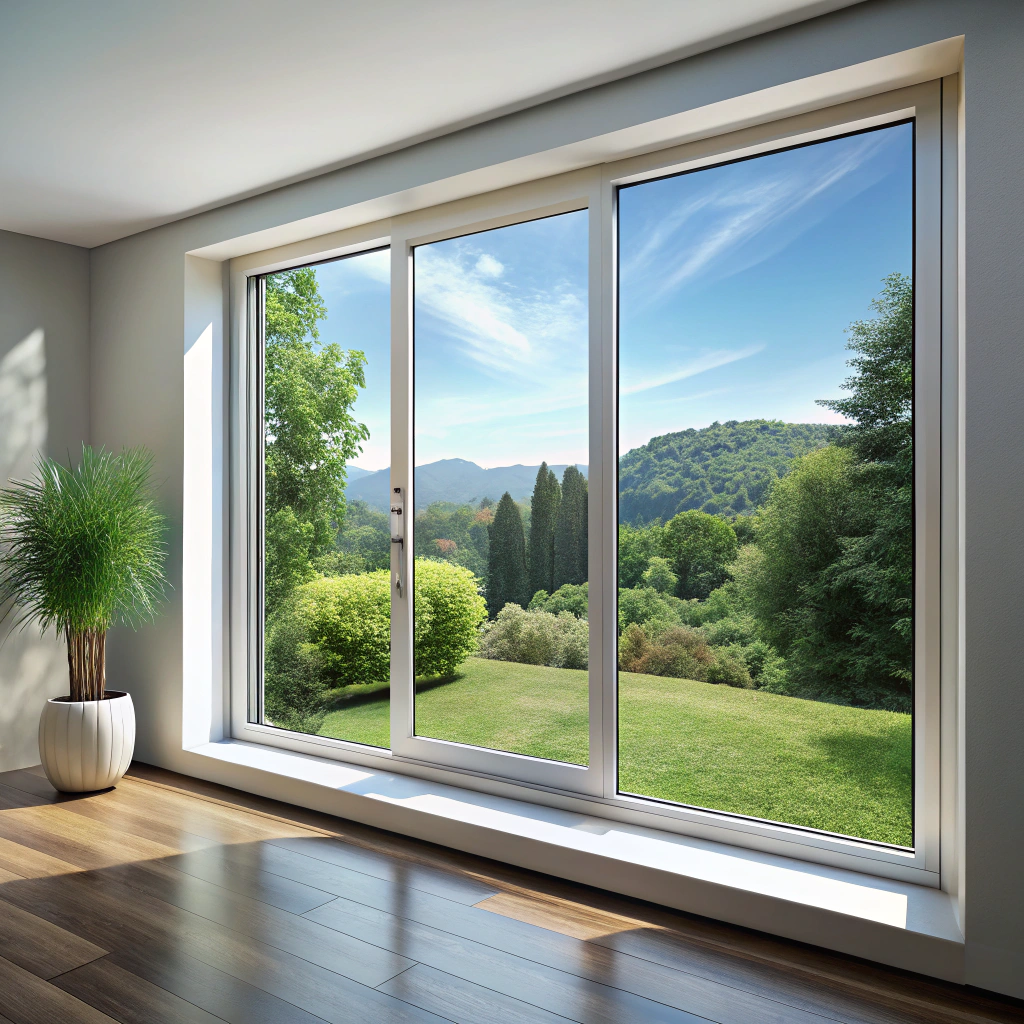
Aluminum sliding windows can make your wallet feel like it’s on a diet or a feast, depending on several factors. Here’s a quick peek at what to expect.
At the more budget-friendly end, basic windows start around $150 to $300 per window, ideal for those who think windows aren’t worth more than their glass price. Mid-range options with a dash of extra insulation and snazzier finishes can range from $300 to $800. These appeal to those who like their windows with a bit of flair but without the bank-breaking trauma.
High-end aluminum sliding windows, however, are where things get serious. Prices soar to $800 and beyond, sometimes touching over $1,200! These windows come with all the bells, whistles, and probably a part-time butler.
Remember, prices can vary based on location, brand, and complexity, so keep an eye on your neighborhood trends. Your wallet and windows may have a complicated relationship, but at least they’ll be well-rounded.
Comparing Aluminum Sliding Windows to Other Materials
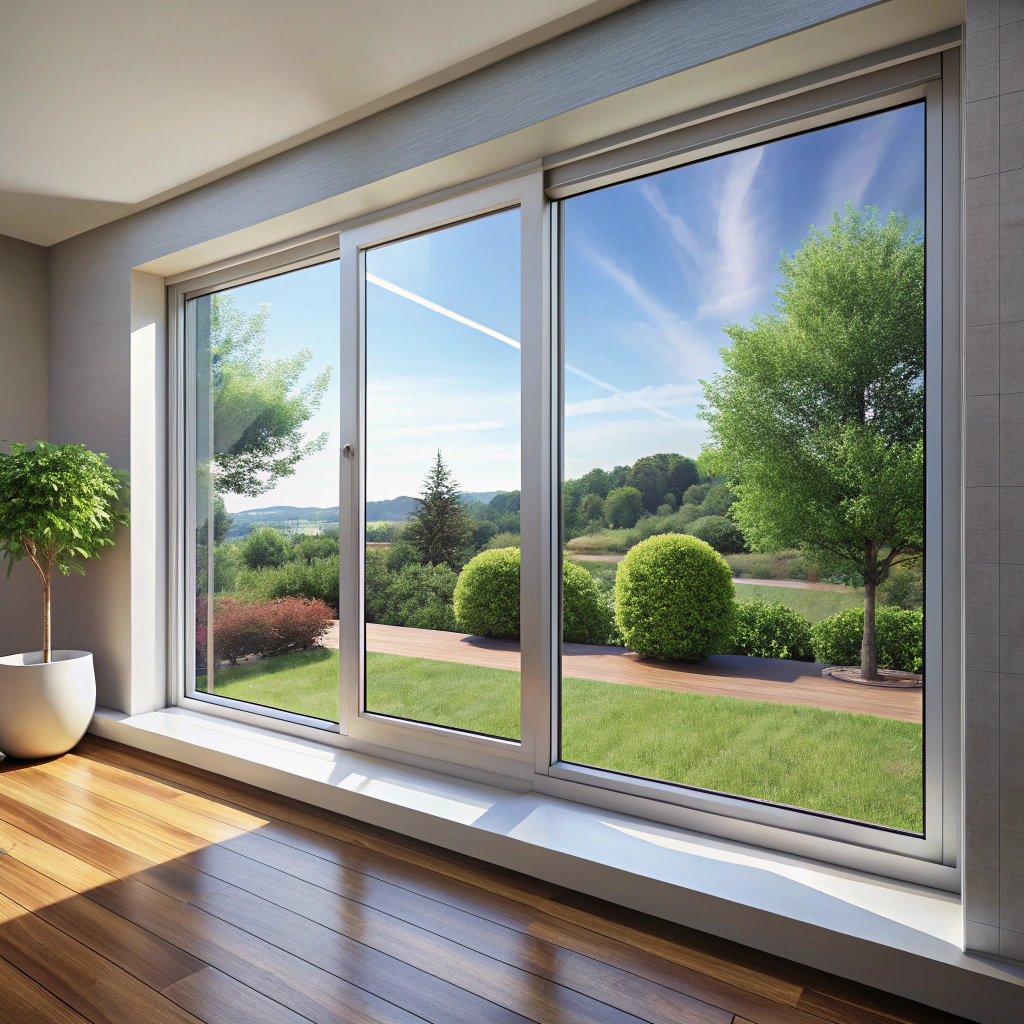
Aluminum sliding windows are like the Swiss Army knife of the window world: they’re versatile and get the job done! But how do they stack up against other materials?
Compared to wood, aluminum is lighter on your wallet and easier on maintenance. No need to worry about termites calling your windows home. However, wooden windows do win the prize for timeless charm and superior insulation if you’re channeling that cozy cabin vibe.
Vinyl windows compete with aluminum in price and efficiency, but lack the strength and durability. Aluminum windows can handle the wrath of nature better, as they don’t crack under pressure – literally!
Steel, someone says? Unless you plan to convert your home into a fortress, aluminum wins hands down when it comes to weight and style. Plus, who really wants their windows to sing the sad song of rust?
In the glass race, each material has its own track. Aluminum slides into first place for its sleek look and modern appeal, setting the stage for any contemporary home.
Energy Efficiency and Its Impact On Cost
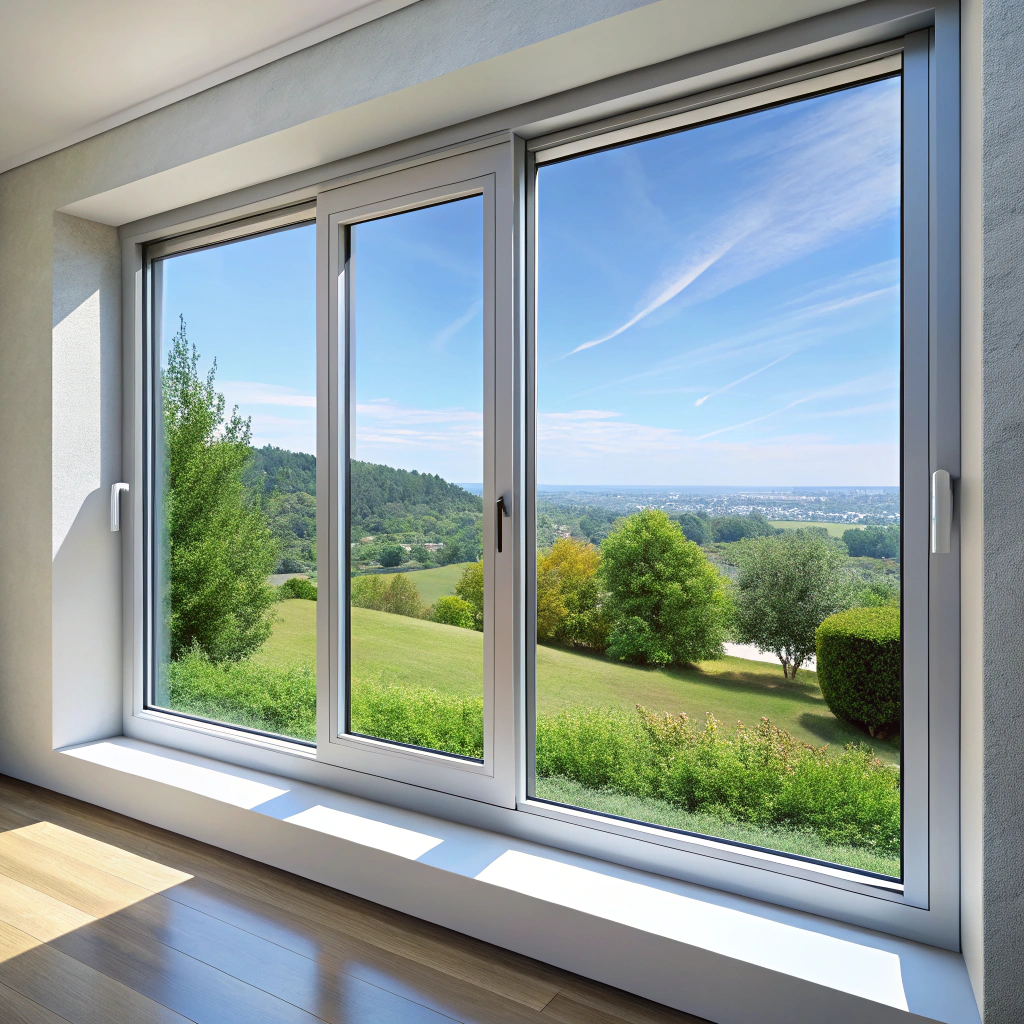
Who knew that windows could moonlight as accountants? They’re great at saving you cash if they’re energy-efficient. Here’s how a snazzy aluminum sliding window can affect your utility bills:
First, these windows can sport double or triple glazing because who doesn’t want a glass sandwich with a purpose? More layers mean better insulation and fewer dollars slipping out the cracks.
Then there’s low-emissivity (Low-E) glass coatings. They work by reflecting heat while letting light pour in. It’s like wearing sunglasses that keep you warm in winter and cool in summer.
Gas fills, typically argon or krypton, between glass layers are like secret service agents for your window. They enhance thermal insulation without the cloak-and-dagger routine.
Finally, think weatherstripping and thermal breaks. By keeping drafts at bay, they ensure your window’s energy efficiency is so good it might just earn a PhD in physics.
In conclusion—just kidding, no conclusions! But seriously, consider these options. Your wallet will thank you, the environment will hug you, and your house will never feel drafty again. Well, until you open the door.
Customization Options and Their Price Implications
From frosted glass for privacy (because who wants neighbors to know you still wear pajamas at noon?) to ornamental grilles that speak of sophistication, customization options abound.
- Glass Type: Choosing double or triple glazing adds to energy savings but can also inflate the total cost.
- Frame Color: Opt for custom colors to match your eclectic living room and prepare for a slight price bump.
- Hardware: High-end locks and handles will keep intruders guessing while lightening your wallet a tad.
- Special Coatings: UV protection and low-E coatings can help protect your curtains from bleaching faster than a celebrity scandal, but at a premium.
Ultimately, customization lets your windows harmonize—or jazz up—your space, while gently nudging the budget upwards. Choose wisely and enjoy the unique flair without falling into financial despair.
Average Installation Costs
Installation costs can sneak up on you faster than a cat on a laser pointer. They typically range from $200 to $600 per window. Several factors determine how much you’ll actually pay.
Consider the size of the window. Larger windows take longer to install and require more muscle power; thus, they come with a higher price tag.
The complexity of the installation is also a big player in the budget game. If your new aluminum windows require a major overhaul of your current frames, you’ll likely pay more. Think of it as ordering a fancy coffee with all the fixings versus a simple espresso shot.
Geographical location matters too. Living in the Big Apple or sunny California might mean higher labor costs. But hey, you can’t beat the view!
Finally, don’t forget the potential for extra charges like old window disposal fees or travel costs for the installer. These can add up quickly, so be sure to ask your installer for a full breakdown before you hand over your cash.
Long-Term Cost Benefits
Initially, aluminum sliding windows might seem like an investment that nudges your wallet, but they pay off longer than a Netflix password shared with your entire family.
First, get cozy with low maintenance costs. Aluminum doesn’t rust, keeping repair and upkeep fees minimal. Less fuss, more saving.
Second, consider durability. Aluminum is like the Bruce Willis of window materials—tough and hard to take down. This longevity means fewer replacements, sparing you future expenses.
And then there’s energy efficiency. This will take years off your heating and cooling costs. Happy wallet, happy planet.
Finally, let’s not forget about increased home value. Sleek, modern designs boost curb appeal, giving potential buyers a shiny reason to choose your property should you ever decide to part ways.
In the world of aluminum windows, it’s all about playing the long game.
Tips for Finding the Best Deals
Look for seasonal sales. Just like your favorite Aunt’s holiday sweater, discounts often come around specific times of the year. Usually, you’ll find sales during the off-peak seasons when window demand is, well, not through the roof.
Negotiate with multiple suppliers. Remember, it’s not a flea market, but a little haggling could save you some bucks. Contacting several suppliers is a great way to get competitive pricing.
Consider bulk purchasing if outfitting multiple windows. More is usually merrier, and suppliers might offer discounts when you buy more.
Check online retailers. The internet is good for more than just cat videos and TikTok dances. Online suppliers often have lower overhead costs, which they might reflect in their pricing.
Stay updated on government incentives for energy-efficient windows. Free money for better windows? Yes, please. Always check if there are any rebates available.
Lastly, ask about showroom models. Sometimes, they have slight imperfections, like a tiny scratch that no one else notices, which can fetch you a significant discount.
Common Mistakes to Avoid When Purchasing
Overlooking energy efficiency labels is a common pitfall. Sure, the windows look shiny and sleek, but are they whispering sweet savings on your energy bills? Check for certifications that ensure your windows aren’t just good-looking, but also hard-working.
Another slip is ignoring installation costs. A budget-friendly window might come with a surprise guest—sky-high installation fees. Don’t get caught off guard; always ask for quotes.
Beware of neglecting customization needs. You may have a perfect frame in your mind, but surprise—the standard model doesn’t fit. Double-check sizes, styles, and colors to avoid a mismatched mess.
Lastly, don’t skimp on the warranty. Some buyers zero in on price tags and forget that a robust warranty is like a superhero cape for your purchase, swooping in to save the day if issues arise.
Warranty and After-Sales Service Considerations
When buying aluminum sliding windows, warranty and after-sales service can be as crucial as choosing the color of your curtains—well, almost.
Ensure the warranty covers the basics: structural integrity and finish. Window warranties should make you feel as secure as Fort Knox, not a rickety door hinge.
Check how long the warranty lasts. A warranty lasting longer than a reality TV star’s marriage is promising.
Investigate what’s included in after-sales service. Free maintenance, emergency fixes, or a hotline to soothe your window worries? Sounds dreamy.
Make sure the service is valid where the window would actually live. Not much use if it’s only applicable in Narnia.
Be wary of deals that come with warranties so short, they make a mayfly feel like it has longevity. Remember, good warranties show the manufacturer’s confidence in their product—just like a superhero who doesn’t need a cape to fly.
Recap
